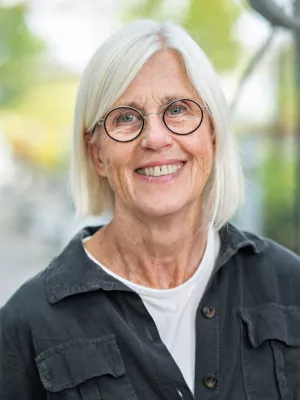
Carina Sjöholm
Universitetslektor, docent

Politics and place in the making of heritage plants
Författare
Summary, in English
Avdelning/ar
- Institutionen för tjänstevetenskap
Publiceringsår
2019-06-16
Språk
Engelska
Länkar
Dokumenttyp
Konferensbidrag: abstract
Ämne
- Human Geography
Conference name
The 8th Nordic Geographers Meeting
Conference date
2019-06-16 - 2019-06-19
Conference place
Trondheim, Norway
Status
Unpublished

